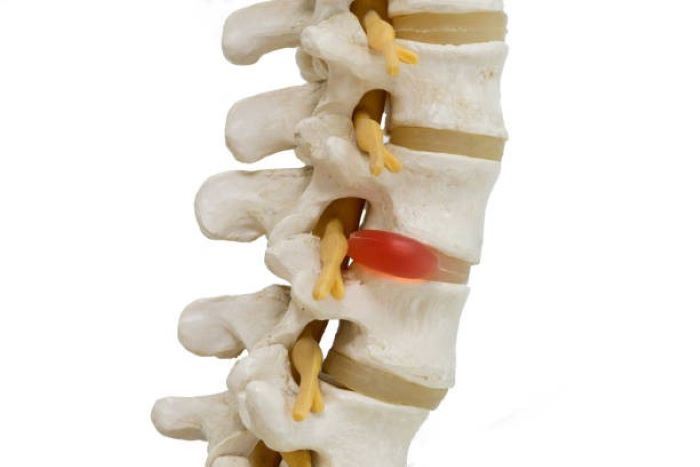
Back pain: Almost everyone’s had it at some point. We’re living in an era where most of us are sitting way more than we should be, leading to discomfort and those nagging back pains. But guess what? It doesn’t have to be this way. With some simple exercises, you can fortify your back, alleviate pain, and lead a healthier lifestyle. You might be wondering where to start or which exercises are best. Well, I’ve got some first hand knowledge that can help. Recently, I stumbled upon the 15 minute back program, and let’s just say, it’s been a game-changer.
Now, let’s delve into how you can incorporate these into your day-to-day.
1. Start Small and Stay Consistent
Your back is a complex structure of bones, muscles, and other tissues extending from your neck to your pelvis. Therefore, you don’t want to go hard right off the bat. Ease into exercises. Remember, it’s not about how hard you go on the first day, but about staying consistent.
2. Morning Stretches Are Key
Before jumping into your day, start with some light stretching. This can be as simple as doing some side bends, forward bends, or toe touches. But if you want to step it up a notch, 9 simple hand exercises to do while watching tv could also double up as morning routines to wake up not just your back, but your entire body.

3. Desk Exercises for Those Long Work Hours
If you’re spending hours at a desk, chances are your posture is suffering. Every hour or so, take a break. Do some seated spinal rotations or seated forward bends.
4. Use Props
Don’t be afraid to use props. Things like resistance bands or even simple wall exercises can be very effective. A wall can assist you with stretches, squats, and even some standing leg lifts.
5. End Your Day Right
Just as you began your day with a stretch, end it right. Consider a light yoga routine or even some meditation to relax your muscles. Speaking of relaxation, have you considered how CBD can help with muscle recovery? This guide on how to use CBD products for recovery after workouts could be a worthy read.
6. Stay Informed
The world of exercise is ever-evolving. New research, techniques, and information are continuously coming out. Stay informed. For example, recent research highlights 7 silent signs your body might be in trouble. Such insights can be instrumental in understanding when to take it easy and when to push harder.
7. Listen to Your Body
Finally, the most crucial tip: Listen to your body. If something feels off, take a break. It’s essential to push yourself, but it’s even more vital to ensure you’re not causing any harm.
Back pain can indeed be a nuisance. But with the right exercises, consistency, and information, you can strengthen your back and lead a pain-free life. Whether you’re looking to target specific pain points or just want to be proactive in preventing future pain, there’s a solution out there. For me, the 15 minute back program was that solution. Remember, consistency is key, so find what works for you and stick with it. Your back will thank you.
The Psychological Benefits of a Healthy Back

It’s not just about physical well-being. Your spine, often referred to as the backbone, holds more significance than just anatomical importance. It’s symbolic of strength, support, and balance in life. When you feel physically strong and free of pain, it can translate into emotional and psychological strength. Being able to move freely, without discomfort or restriction, can drastically improve one’s mental health. A pain-free back can lead to improved self-esteem, reduced anxiety, and an overall happier mood.
The Role of Diet in Back Health

While exercises and routines play an essential role in maintaining a healthy back, what you consume daily can equally impact your spine health. Calcium and Vitamin D are vital for bone health. If you’re lacking in these nutrients, you may find that your bones, including your spine, can become fragile. Omega-3 fatty acids, found in fish like salmon, can help reduce inflammation, which can alleviate some types of back pain. Staying hydrated is also crucial. Our spinal discs need hydration to maintain structure and pressure. A well-balanced diet, coupled with routine exercises, can significantly benefit your back.
Balancing Flexibility and Strength

A common misconception is that strength is all you need to avoid back issues. While having strong back muscles is essential, flexibility plays an equally critical role. Too much strength without flexibility can lead to stiffness, and too much flexibility without strength can result in lack of support. It’s crucial to strike the right balance. Incorporate both strength training exercises and flexibility routines, like yoga, into your regimen. This ensures your back is both strong and supple, reducing the risk of injury and discomfort.
